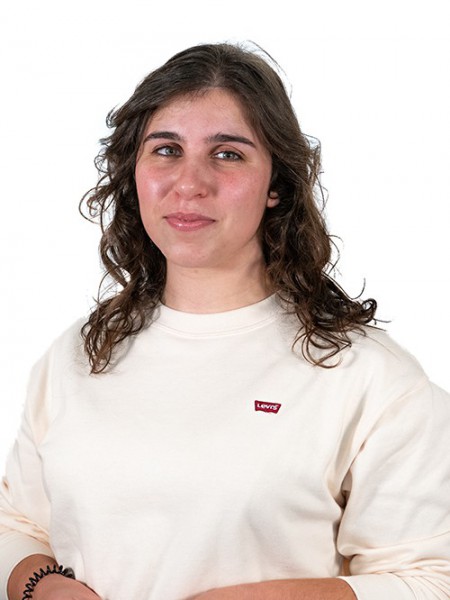abstract
Pancreatic cancer exhibits a unique bioarchitecture and desmoplastic cancer-stoma interplay that governs disease progression, multi-resistance, and metastasis. Emulating the biological features and microenvironment heterogeneity of pancreatic cancer stroma in vitro is remarkably complex, yet highly desirable for advancing the discovery of innovative therapeutics. Diverse bioengineering approaches exploiting patient-derived organoids, cancer-on-a-chip platforms, and 3D bioprinted living constructs have been rapidly emerging in an endeavor to seamlessly recapitulate major tumor-stroma biodynamic interactions in a preclinical setting. Gathering on this, herein we showcase and discuss the most recent advances in bio-assembling pancreatic tumor-stroma models that mimic key disease hallmarks and its desmoplastic biosignature. A reverse engineering perspective of pancreatic tumor-stroma key elementary units is also provided and complemented by a detailed description of biodesign guidelines that are to be considered for improving 3D models physiomimetic features. This overview provides valuable examples and starting guidelines for researchers envisioning to engineer and characterize stroma-rich biomimetic tumor models. All in all, leveraging advanced bioengineering tools for capturing stromal heterogeneity and dynamics, opens new avenues toward generating more predictive and patient-personalized organotypic 3D in vitro platforms for screening transformative therapeutics targeting the tumor-stroma interplay.
keywords
MAGNETIC-RESONANCE ELASTOGRAPHY; CANCER-ASSOCIATED FIBROBLASTS; DUCTAL ADENOCARCINOMA; EXTRACELLULAR-MATRIX; STELLATE CELLS; HYDROGELS; BIOLOGY; MODELS; MICROENVIRONMENT; MACROPHAGES
subject category
Engineering; Materials Science
authors
Monteiro, MV; Ferreira, LP; Rocha, M; Gaspar, VM; Mano, JF
our authors
Projects
CICECO - Aveiro Institute of Materials (UIDB/50011/2020)
CICECO - Aveiro Institute of Materials (UIDP/50011/2020)
Associated Laboratory CICECO-Aveiro Institute of Materials (LA/P/0006/2020)
acknowledgements
This work was developed within the scope of the project CICECO-Aveiro Institute of Materials, UIDB/50011/2020, UIDP/50011/2020 & LA/P/0006/2020, financed by national funds through the FCT/MEC (PIDDAC) . This work was also supported by the Programa Operacional Competitividade e Internacionalizacao (POCI) , in the component FEDER, and by national funds (OE) through FCT/MCTES, in the scope of the project PANGEIA (PTDC/BTM-SAL/30503/2017) . The authors acknowledge the financial support by the Portuguese Foundation for Science and Technology (FCT) through individual Doctoral Grants (DFA/BD/7692/2020, M.V.M. and SFRH/BD/141718/2018, L.P.F.) and through a Junior Researcher contract (CEEC/1048/2019, V.M.G.)





